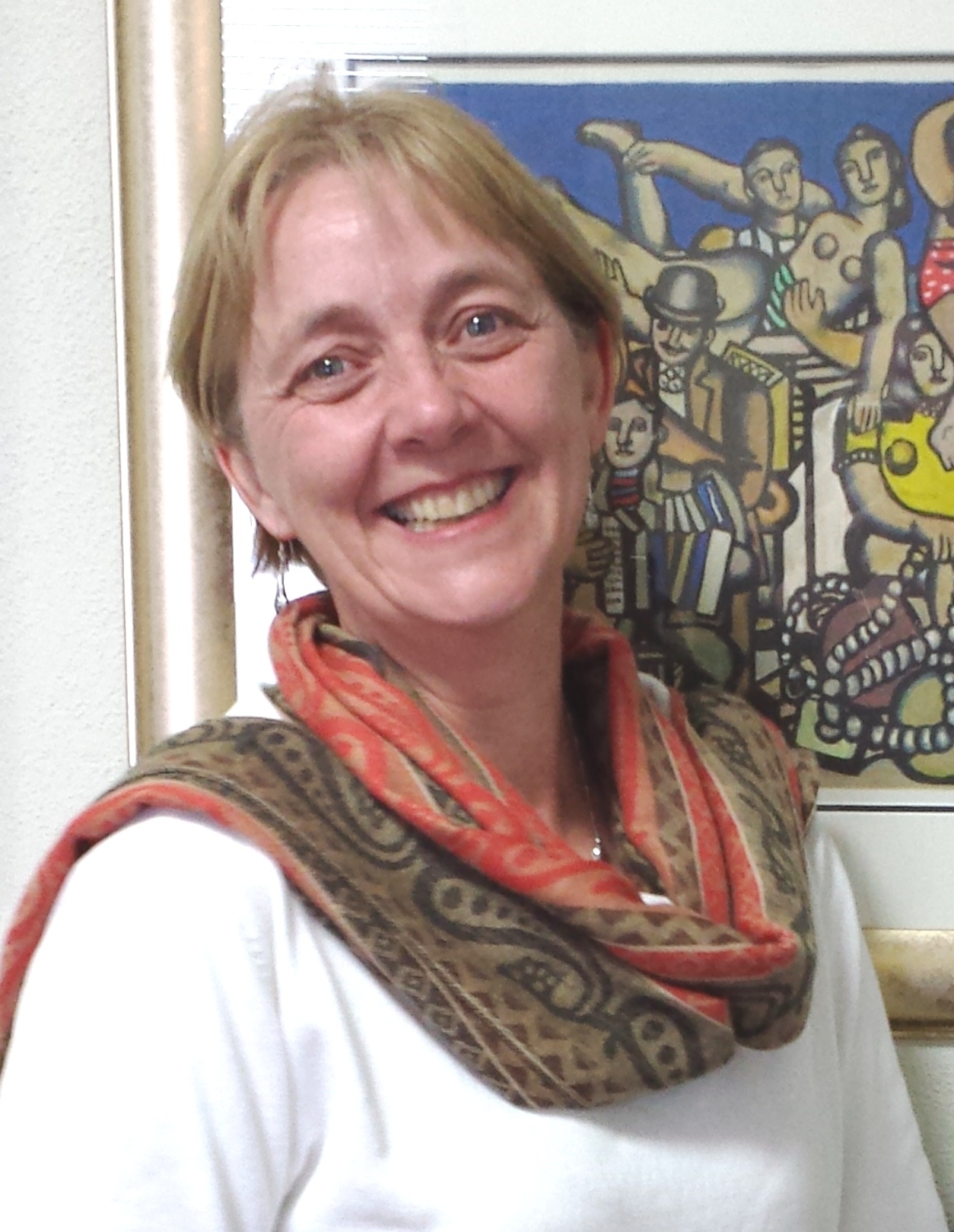Biostatistics is the statistical analysis of biomedical and health care data generated from the health sciences. This course has a practical hands on structure, with exercises for each topic to allow participants time to discuss and digest the material covered.
An integral part of biomedicine is unravelling the different sources of variation related to response to stimuli. Subjects under investigation can be patients, laboratory animals or even at the cellular level. This expanding branch of statistics is extensively used in areas such as biology, health policy, clinical medicine, health economics, genomics and public health policy.
Central to biostatistical techniques is the aim to distinguish chance occurrences and possible causal associations, and to make valid inferences from known samples about the populations from which they were drawn. Bioastatistical data is evaluated as scientific evidence, where a mathematical framework is used to generalise findings. Identifying the right study design method and the application of mathematics are techniques used by biostatisticians to enhance their science and bridge the gap between theory and practice.
This course is designed for participants with a basic understanding of statistics and builds up over the week to more sophisticated biostatistical techniques. The course provides a grounding in the use of the Stata package for biostatistical techniques, focusing on the analysis of medical data. Descriptive statistical techniques are used to demonstrate the packages's features.
This expanding branch of statistics is extensively used in areas such as biology, health policy, clinical medicine, health economics, genomics and public health policy.
Course Syllabus
Day 1
Introduction to biostatistics
Talking about populations
Population distributions and parameters
Probability and probability models
Representative data
Different sampling plans
Power and sample size
Day 2
Study design methods
Experimental design
Two and Three Factorial experiments
Designed experiments
Measures of association and impact
Summarizing data
Sampling and inferential statistics
Frequency and frequency distributions
The use of graphs to describe data
Population proportions and percentiles
Mean, standard deviation, median and interquartile range
Transformations
Day 3
Statistical reliability and confidence intervals
Sampling distributions, unbiased estimators and accuracy
The Normal distribution
Standard error and confidence intervals
Testing statistical hypotheses
Hypothesis testing, p-values and significance
Comparing groups – continuous data, using paired and two sample t tests
Comparing groups – categorical data, using chi-squared tests
Day 4
Linear Regression
Bivariate data, scatterplots and correlation
Simple linear regression
Statistical inference
Investigating multivariate relationships
Multiple linear regression
Confounders and interactions
Goodness of fit and regression diagnostics
Logistic regression
Probability, relative risk and odds ratio
Comparing proportions
Multiple logistic regression
Goodness of fit and regression diagnostics
Day 5
Survival analysis
Kaplan-Meier survival functions
Cox proportional hazards regression
Checking assumptions
Dr Joanna Dipnall is an applied statistician with interests in the advanced statistical methods, including machine learning and deep learning techniques. She completed her Honours in Econometrics with Monash University and her PhD with IMPACT SRC, School of Medicine, Deakin University. Joanna works extensively with registry and linked medical data and collaborates extensively with the Faculty of IT at Monash to supervise Masters and PhD students to integrate artificial intelligence within health research. Joanna teaches within the Monash Biostatistics Unit and is the Unit Co-coordinator for the Monash Masters of Health Data Analytics course. Joanna has taught advanced statistical methods for many years at universities and for ACSPRI.
The course assumes that participants have some familiarity with a PC environment including keyboard skills and understanding of folder and file structures; You need some experience in using Microsoft Word and Excel or their equivalent.
The instructor's bound, book length course notes will serve as the course texts.
This course will take place in a computer lab and uses the Stata software. Notes and data files will be provided.

